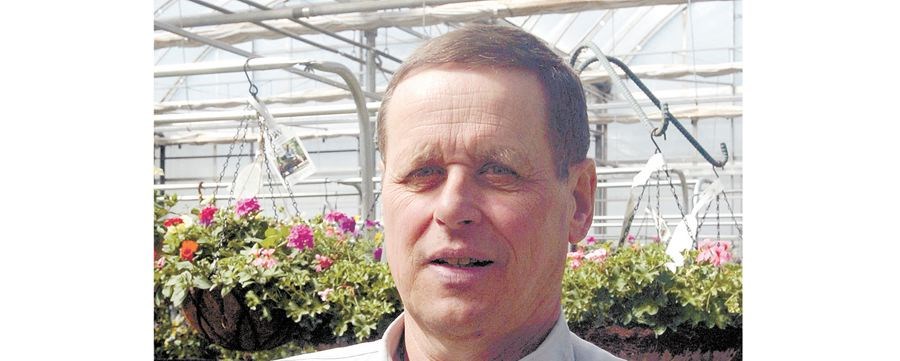Many local gardeners are getting their vegetable gardens ready for the upcoming growing season and one vegetable that can be found growing in many of the gardens is garden peas.
Peas are easy to grow and great to eat, especially fresh from the garden. Sometimes the peas never make it to the kitchen because people prefer to pick and eat the peas right in the garden. The sweetness of peas fresh from the garden is sweeter than eating peas any other way, because once the peas have been picked the sugar content of the peas begins to turn to starch.
Peas are a cool-weather crop, meaning they grow well in cooler temperatures and the plant can even tolerate a few degrees of frost. Peas can be one of the first seeds to sow in the garden, in the spring. There are some local gardeners who have taken advantage of our early spring and have already planted peas in their garden.
Peas can be sown as soon as the soil can be worked, so usually around the beginning May. They don't mind cool temperatures, but avoid having the seeds in wet soil for too long as this will cause them to rot. Although the plant can take some frost, the flowers cannot, so if the plants are in bloom and there is a risk of frost, cover the peas with a frost protection blanket for the night to prevent the frost from damaging the flowers.
Peas are adaptable to different soils, but the soil must be well-drained. They are a legume and add nutrients to the soil so you want to rotate your crop annually.
Before sowing the seed, coat the seed in inoculant, a black powder that contains natural bacteria which helps the pea plants extract nitrogen from the soil, which in turn increases the harvest. To help the inoculant adhere to the seed, dampen the seed first before rolling it in the inoculant.
Plant seeds following the directions given on the packet. You can do either a single row or a double row with the trellis between the double row. Most peas require some sort of support and this should be in place before sowing the seed. There are tall varieties available that can reach heights of 1.5 metres and the short, compact varieties.
To enjoy peas throughout the summer, plant several varieties at the same time with differing maturity times instead of just one variety. Peas are rarely bothered by pests or disease, however they can get powdery mildew which starts off as white, becomes grey and then black. Remove and destroy any severely diseased plants to prevent the disease from spreading and disinfect and stakes or poles that have come in contact with the fungus.
Pea plants have a shallow root system so be careful when hoeing around the plants as you don't want to harm the roots. They are light feeders and prefer a fertilizer with a lower first number such as bone meal.
There are many different varieties of peas, which can be divided into three groups: the shelling types, which have the tough outer inedible pod that is opened and thrown out to reveal the edible peas inside; snow peas, which have flat, crisp, tender pods with small undeveloped peas inside (the entire pod is eaten); and snap peas, a cross between garden peas and snow peas. Snap peas have fat pods that can be eaten at any stage of growth and when the peas are fully developed they are shelled and eaten.
When picking peas, use two hands to avoid damaging the plant, as the vines are tender and brittle. Use one hand to hold the plant and the other hand to twist off the pea.



